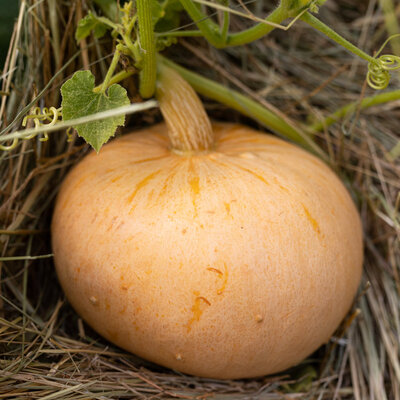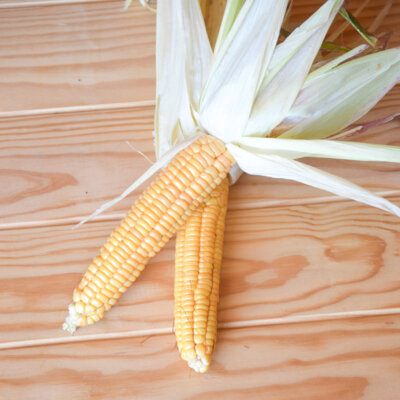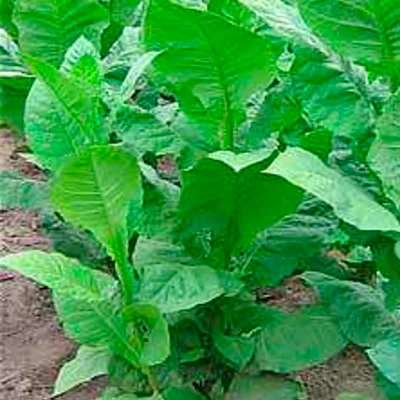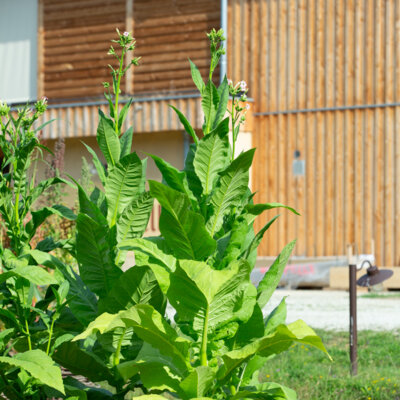
Carat - Moschata squash
The Carat squash is a runner variety with smooth, fairly round, beige fruits weighing 1 to 2 kg and a particularly delicious orange flesh. Also known as "Mini-Muscade de Provence".
Characteristics of Carat moschata squash
Carat squash, also known as "Mini-Muscade de Provence", Cucurbita moschata, is a runner variety of fruiting vegetable, ideal for growing in a small vegetable garden. Smaller than the Musquée de Provence squash, its smooth, round, beige fruits weigh less than 2 kg and keep for several months. Their tasty orange flesh can be enjoyed stuffed or puréed, in quiche and soup recipes. The flowers are also edible.
Sowing Carat moschata squash
Carat moschata squash is sown in pots 2 to 3 weeks before transplanting, from March to May, in bunches of 2 to 3 seeds.
Place seedlings under a light shelter, at a temperature of between 18 and 20°C, and keep the substrate moist until the seeds emerge. Be careful not to sow squash seeds too early in the season, in which case the roots will become fibrous, making growth difficult in the garden. Transplant into the vegetable garden once the last frosts have passed.
From April to June, after the last risk of frost, it is possible to sow directly in the garden in 2 to 3-seed stacks.
Prepare 2 weeks in advance holes filled with compost or organic matter, spaced 2 m apart in all directions, to accommodate the squash plants or seeds. Mulch the soil to maintain sufficient humidity and limit water evaporation.
Place a crate or tile under the fruit, without damaging it, to isolate it from the soil and prevent rotting.
To encourage the development of squash, combine companion plants such as corn and beans (milpa). Plant basil between all types of squash to repel pests.
Harvesting and storing Carat squash
Although Carat squash fruits can be harvested and eaten immaturely, those intended for winter storage should be picked as late as possible, before the first frosts, from July to November, when the stalk begins to dry out and the skin becomes thick. Be careful not to tear them off, but cut as close as possible to the stem, 10 cm above the stalk.
This squash will keep for 6 to 8 months in a ventilated, dry place, at a temperature of between 10 and 12°C. Place the fruit, spaced apart and tail up, in crates set high up. They can also be frozen for up to a year, after slicing and cooking.
Carat squash recipes
In the kitchen, Carat squash can be enjoyed sweet or savory, in soup or gratin. There's no shortage of recipe ideas for enjoying its delicious flavor. In a leek and goat's cheese quiche, a potato velouté or as a squash stuffed with salt and pepper, it reveals its melting orange flesh. It goes perfectly with other vegetables, cheeses and mushrooms.
These products may also be of interest to you
in the ground, in bucket
Sow in pots at 18-20°C, 2 to 3 weeks before planting. Transplant with the root ball into the ground, after the last frosts, at a minimum distance of 2 m in all directions. To sow directly in the ground, sow after the last frosts, once the soil has warmed up. In both cases, prepare holes filled with compost or organic matter two weeks in advance to accommodate your seedlings or seeds.
March, April, May
April, May, June
July, August, September, October, November
in the ground
sunny
fort
all floor types
rich, furniture, fees, reheated, wet
Cucurbita moschata
From 1000 to 2000 g
12 seeds
round
Beige
edible
From 15 to 20 cm
runner











